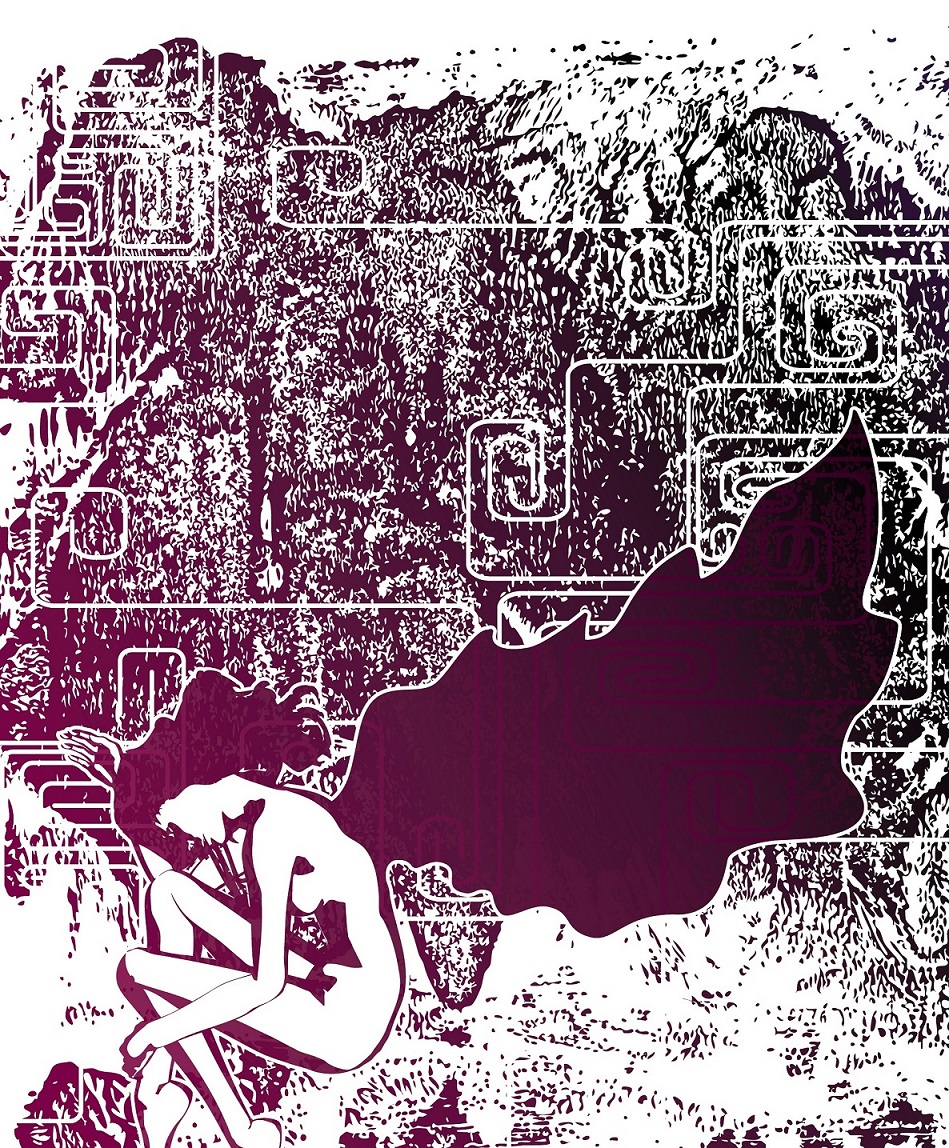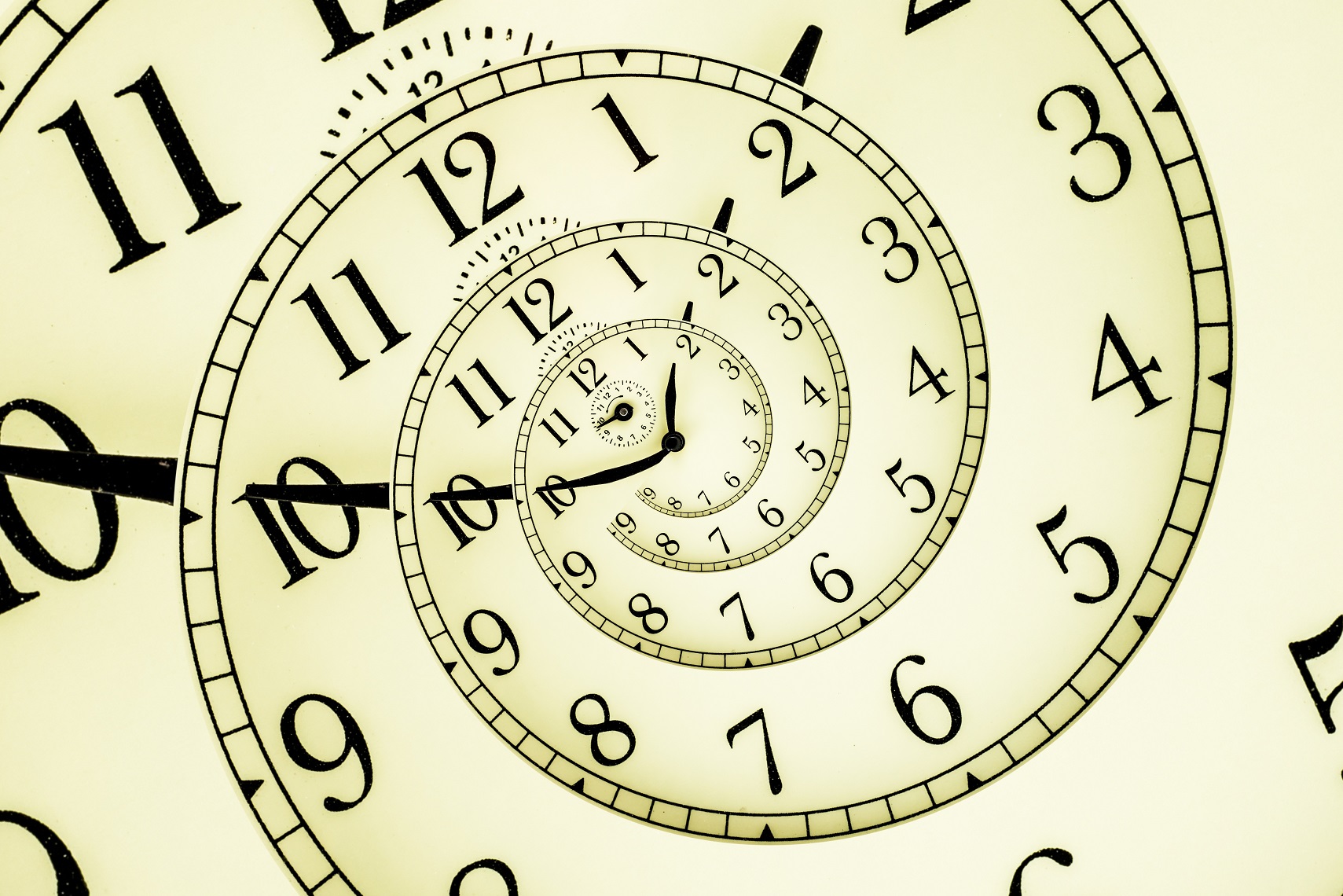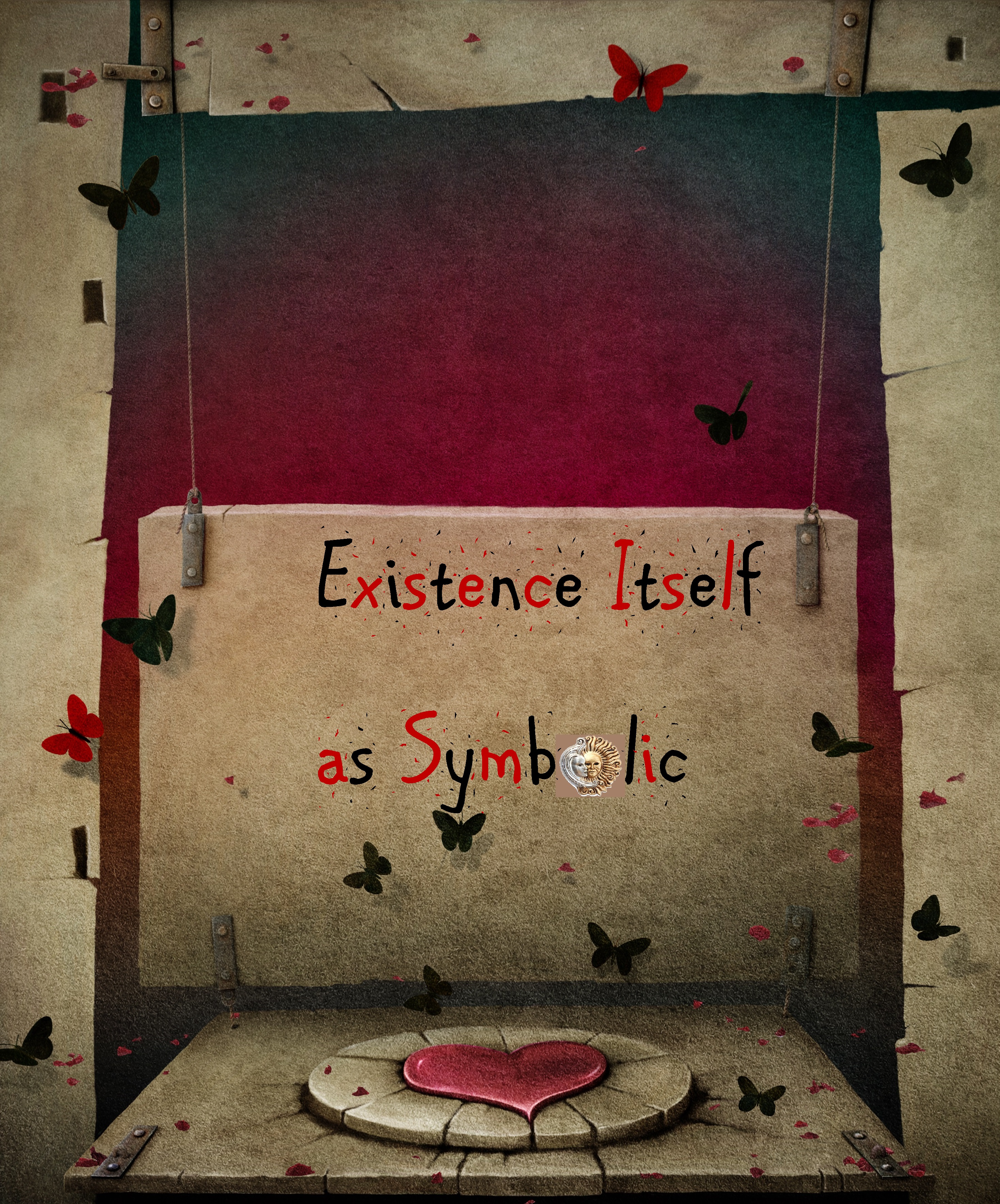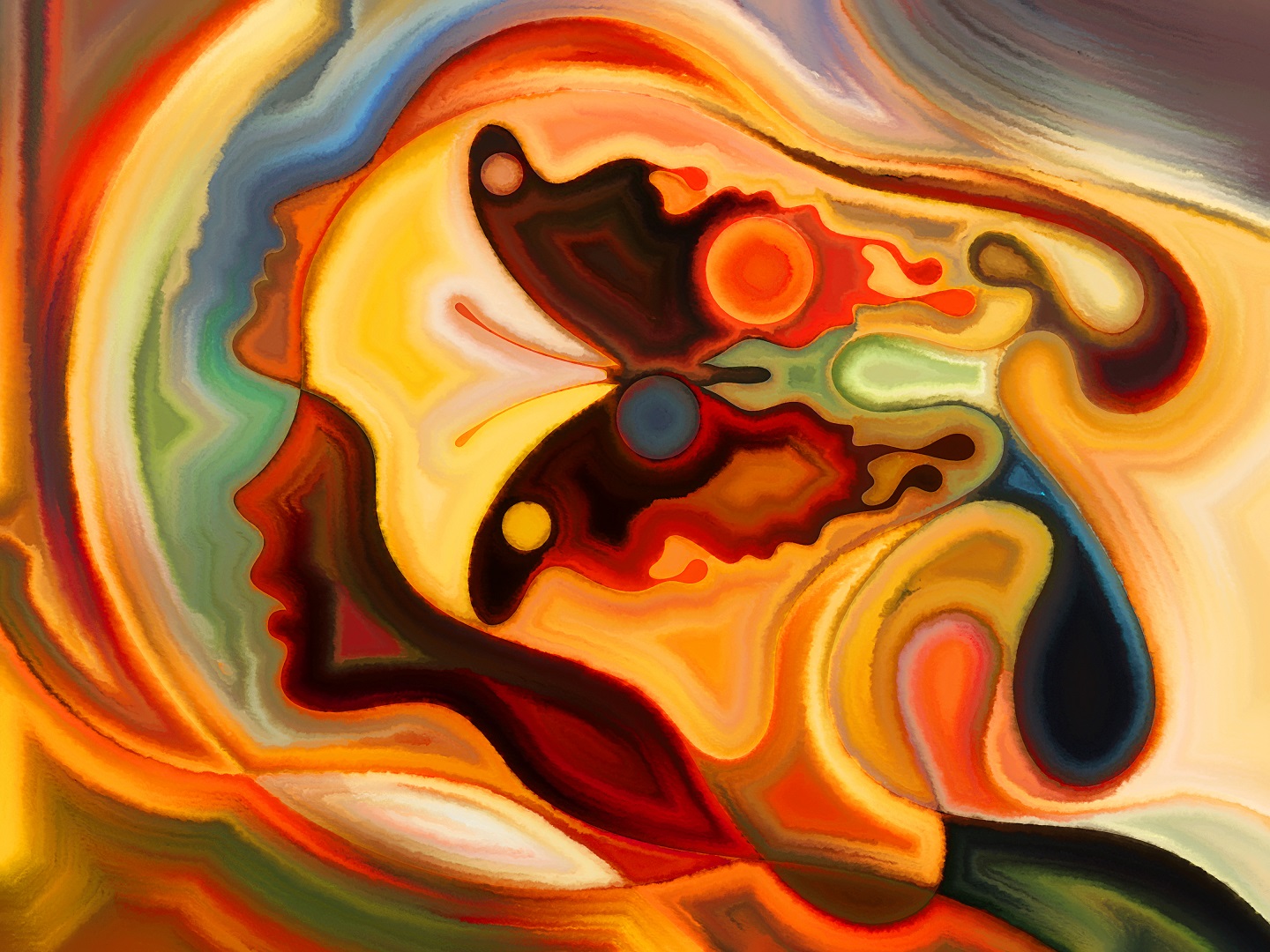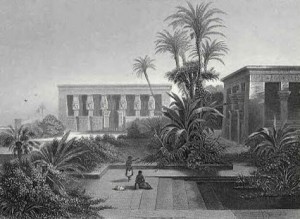
Today we will be looking at the Great Mother archetype, and specifically its evolution in ancient Egypt. In order to see the Plates which accompany the following study you will need to watch the YouTube videos.
“The triune cult of the Egyptian Hathor-Nut-Isis is the longest lasting cult in the history of Western Civilization. The cult had its beginnings in the Predynastic Period of Egyptian history (before c.3100BCE) and faded from collective consciousness in late antiquity. The Emperor Justinian brought about the cessation of more than three and a half thousand years of Great Mother worship in Ancient Egypt by closing the last temple to the Isiac form of the Great Mother in Philae in 553CE. Jungian phenomenology pertaining to the psychological archetype of the Great Mother Goddess is the medium best used to explicate why the original cult egregore remained prevalent in human consciousness for so long. Thus, the historical numinosity of the archetype is contextualized from a psychological perspective.”
“I am all that has been, and is, and shall be, and my peplum no mortal has uncovered.” – Inscription at temple of Isis at Sais.
The conscious origin of humanity has come far since the days of huts and bonfires, yet we remain closer to our rich animal instincts that what we perceive ourselves to be. Not very long ago, our ancient ancestors realized that the becoming of consciousness had been brought about by a very powerful force; one that had nothing to do with learning but a reflection of innate knowledge through the exterior. This awakening or liberation might have occurred at the moment when he or she projected his or her budding consciousness onto the stone to sculpt the ‘lovely face’ of the Hathor Cow, thus bringing about the birth of the primordial mother goddess, the most influential archetype in the history of mankind.
Oldest of the old, she is the goddess from whom all becoming arose. There, in the beginning, is mighty Hathor; mother of her father and daughter of her son. She appears as early as 3100bce on the Narmer Palette, the oldest historical document known to man, denoting the passing of prehistoric to historic time. Here she is depicted in her theriomorphic form as a cow suckling the bull or infant king (Plate 1), and thus she is the epitome of Divine Motherhood. In time, she also comes to be represented as a slender woman with the head of a cow (Plate 2), as a woman with cow ears, and as a woman crowned by a headdress of cow horns and a sun disc (Plate 3). As a manifestation of Hathor, Isis (Plate 4) shares the role of motherhood in matters of birth and rebirth with the former, though their purpose on a cosmic scale is vastly different; Hathor is the mother of the sun-god Re as the Great Wild Bull and Isis is the mother of Horus, son of Osiris, the earthly pharaoh. From the New Kingdom onwards (1550-1069bce), the two mother goddesses become so closely associated that they adopt the same iconography and come to be worshipped at each other’s cult centers, Denderah, or Tentyra in Greek (Plate 5), and Philae (Plate 6) in Upper Egypt, respectively. Their cosmic functions are so important that they come to enjoy state worship and endless temples are erected in their honor. The message of salvation that the all-loving mother encompasses, coupled with the modification of her strictly Egyptian nature due to Hellenization during the Ptolemaic Era, is the key to her diffusion. She breaks down national barriers as characteristics of the goddess find their way into the art, architecture and traditions of foreign nations. It is via sea trade in the Mediterranean that her worship proliferates to places as far as Britain, Italy and Lebanon, where she comes to be known as Isis Myrionymos, meaning ‘she whose names cannot be numbered’.
There can be little doubt that the history of Divine Motherhood in Mediterranean civilization has its roots in the matriarchal stratum of Ancient Egypt. The all-loving mother precedes the all-loving father in that it is the archetype that refers to the unconscious origin from which all things arise. In addition, it is also the primal archetype of the collective unconscious which results in the stagnation of Egyptian art and architecture for millennia. The primordial rank and status of Great Mother is evident in pharaonic creation myth, which defines the beginning as having occurred at two places; human history and childhood. Naturally the beginning–defined psychologically as the unconscious–denotes existence in a state of perfection. Paradise is a concept belonging strictly to this phase of conscious development, a phase which can only be described through the rich imagery of myth, as the ego can only grasp concepts as objects of consciousness. The Heliopolitan myth describes creation as having occurred when a mound of fertile soil rose out of the primordial waters of chaos. A blue lotus sprouted from the soil and its petals opened to reveal the sun-god Re in the form of a child. The fertile soil is indeed the maternal uroboros from which the embryo of ego consciousness sprouts in the form of the sun-child, by which time and space differentiate from eternity in the form of light and bring forth the schism of opposites. The inference made here is that man is the bringer of light and standing opposite him is woman, who dwells in the dark recesses of chaos.
The structure of cult temples all over Egypt reflects this dogma, especially at Philae, where the Temple of Isis stands on an island amidst the waters of the Nile. The Egyptian temple represents the fertile soil which rose from the primordial ocean and the elevation between the entrance and innermost shrine is symbolic of the Mound of Creation. The columns are papyriform and lotus-shaped, signifying the first plant life to appear and the presence of a sacred lake reminiscent of the waters of chaos. The sun, as creator-god, is said to be Khephera the child at dawn, Re the adult at midday and Atum the elder at dusk. In the context of cosmic cycles of birth and rebirth represented by the sun, the uroboric Great Mother as Hathor gives birth to divinity in the form of the sun-god Re, whilst her manifestation as Isis gives birth to humanity in the form of the child-god Horus.
The analogy made between sun and representative of mankind, the pharaoh, expresses the desire for immortality through uroboric autarchy or the afterlife. Traditionally, Re and Atum are depicted anthropomorphically, whereas Khephera, the incarnation of infancy in mankind and childhood, is given the form of a scarab beetle. Through scrupulous observation that typified all early culture, the Egyptians note that the scarab is the only creature that makes the motion of ‘rolling’ a perfectly molded cylindrical sphere. As the symbol of perfection, and thus of the paradisal state of the embryo in the uroboros, the sphere becomes known throughout all Egypt as the place of becoming and transformation, and it is in this form that Re guards his secret name. This name is a word of power that caused the universe to come into being, and is known only by the womb that sheltered it; the Great Mother, Hathor of Denderah.
The Great Mother Goddess is the centre of life’s mystery and like her maternal form as Isis, is always depicted wearing black as a reminder of her dwelling in the primordial waters of chaos. Translated directly, her name means ‘House of Horus’ and alludes to the celestial sky in which the solar Horus moves in the context of his divinity. From the matriarchal viewpoint, the sky is the place of the sun’s birth and death. As the Celestial Cow, Hathor straddles it and is identified with the four cardinal points and thus four quarters of the world. According to Jung, a quaternary is the archetypal emblem for wholeness and so by analogy, the Hathorian quaternary is the embodiment of the Archetypal Feminine (Plate 7). The four-headed Hathor column used to decorate temples in all Egypt is an architectural representation of this concept (Plate 8). The four functional spheres of Hathor’s personality govern the stages by which the infantile ego conscious must ascend to reach spiritual transformation, or the stages by which it will be destroyed, depending on the level of psychic attraction at each of her poles; the Devine Cow of the East, the Wise Cat of the North, the Terrible Lioness of the West, and the Eternal Cobra of the South.
The first face is the Devine Cow of the East, the Good Mother in her role as the womb that ruptures to feed the earth with the milk of life. In Egyptian myth, the nourishing and transformative quality of milk is expressed when Hathor pours gazelle milk into the eye sockets of Horus to restore his vision after they’d been gouged out by Seth. As the power of feminine creativity is contained only in mother earth, the Good Mother is sovereign over all vegetative mysteries and only she knows the secret of original conception. This is figuratively represented as the ‘black veil’ that hides the face of Hathor-Isis. The mystery of this ‘fruit’ birth is mythically represented when Isis cures a young boy who’d been stung by seven scorpions by using magic to name and control the toxin. In another myth, she learns Re’s secret name by poisoning him with his own venom and offering to cure him only on the condition that he tell her his secret name. In the context of knowledge equals power, she wants to raise her son-child Horus next to Re in hope of his immortality. Being the Lady of Heaven, the Good Mother is the goddess of the eastern sky who governs the birth and rebirth of her son-child; she is the ‘throne’ on which he sits. In actual fact, one of Isis’s headdresses is a throne above her head, and the representation of Isis and Horus together is an eternal symbol of matriarchal dominance over an ego still embedded in nature. In this phase, Horus or Harpocrates in Greek, is her son-lover, just as Ihy is Hathor’s son-lover, the eternal youth who is depicted naked with a side-lock of hair and a finger in his mouth as the animus or phallic consort of the Great Mother on whom his fate is entirely dependent.
The second face is the Wise Cat of the North, the goddess of homes and royalty whose guidance, love, wisdom and vision elevates her son-child to ‘solar’ or higher masculinity, assuring the evolution of ego consciousness. If the eastern polarity is the ‘lower body’ of the Archetypal Feminine, the northern polarity of ascension is the upper body or breast region from which the child is suckled. Spiritual transformation can only be realized between these two poles. The Great Mother’s sovereignty over growth and all inspiration mysteries is obvious in the reference ‘She of the Pillar’, the pillar being the palm tree or sycamore as the earth phallus that confers nourishment to souls. The sycamore is one of the most commonly represented aspects of nature in Egyptian art. In the Book of Coming Forth by Day, a collection of spells assuring the deceased entry into the afterlife, ‘two sycamores of turquoise stand at the eastern gate of heaven whence Re goes forth each morning’; the sycamore is Hathor, whose earthly roots nourish Re so that he may ascend above her head and into the sky. The growth of her trunk which can reach astral heights denotes the passage of time, her son’s worst enemy. As tree of heaven, she is also Mistress of the Celestial Beasts of the Zodiac. At Denderah, the celestial ‘Great Round’ of the zodiac on the temple ceiling is held up by the gods (Plate 9). At its centre is the Great Mother Goddess who holds a knife and ritually castrates her son-lover as an eternal symbol of self-fertilization; the son-lover is represented by the bull’s thigh, a phallic symbol. This matriarchal viewpoint of the heavens is endowed by the entire naked body of Hathor, whose outstretched hands denote divine epiphany.
The third face stands opposite the first and is the Terrible Lioness of the West, the Terrible Mother who entertains the mystery of death, appearing in the Book of Coming Forth by Day as a cow emerging from the Mountain of the West to welcome the deceased into the afterlife (Plate 10). As the dispenser of life, her nurturing personality is juxtaposed by her earthly need for self-fertilization by devouring her own offspring; she is the vulture that feeds on corpses and takes them back into the earth; she is Sekhmet (Plate 11), the raging lioness whose ‘solar’ eye burns and judges, dispensing disease and destruction at will. In Predynastic times, the Egyptians wished to placate the wrath of the Terrible Mother through sacrifice, ritual execution and orgiastic dance and because blood was perceived to ‘build up’ during pregnancy when menstruation ceased, the spillage of it was necessary to counter what she’d given at will; the gift of life. Egyptian mythology speaks of a time when Hathor had been sent by Re to punish the people for their wrongdoings. To save themselves they brewed thousands of jars of beer dyed with red ochre which the goddess mistook for blood. She proceeds to lap it up with her forked tongue and then falls asleep. After awakening from her drunken stupor, Hathor’s maternal instinct returned and they were all saved. Naturally, the myth is describing the repelling spheres of the maternal elementary within the Great Mother, where her life-granting significance as tree of heaven is vastly juxtaposed by her life-taking significance as the flesh-eating sarcophagus, the hulk of wood enclosing the dead.
The fourth face stands opposite the second, the Eternal Cobra of the South, whose beauty and eternal youth can enchant and dissolve ego consciousness. As the positive elementary aspect of Hathor can pull the ego towards transcendence, her negative elementary side may overwhelm and lead the son-child to madness, helplessness, stupor and loss of identity–to the mysteries of drunkenness. The power of the bestial instinct within is symbolized by the snake or cobra, the animus of the Great Mother that self-fertilizes and expresses her eternity. The Mistress of the Animal Kingdom is also the Mistress of Foreign Lands in a context where foreign designates everything unknown; in other words the bestial forces of the unconscious. The Egyptian people believed that everything beyond Egypt was her personal property, and so imported items were considered to be her gifts. It is this unification of north and south, solar and lunar, celestial sky and earth, tree and snake, and genesis and extinction that drive conscious differentiation from the vast unconscious, proliferating from elementary stages of existence to the pinnacle of conscious transformation where the ego claims independence and stands alone.

